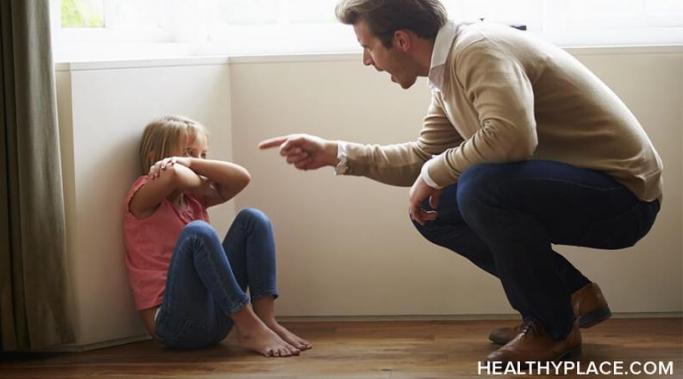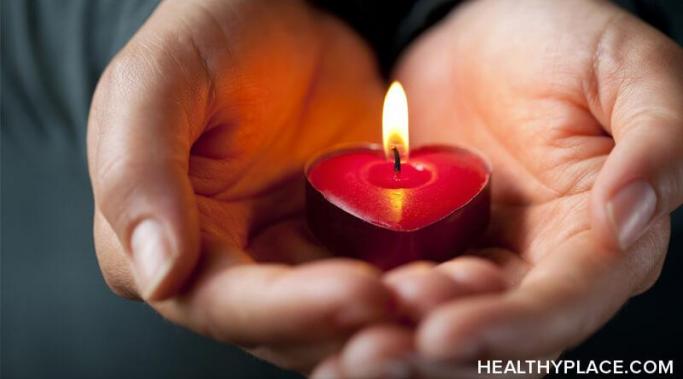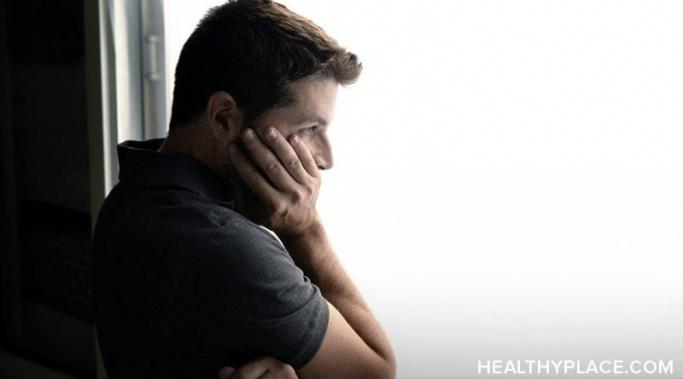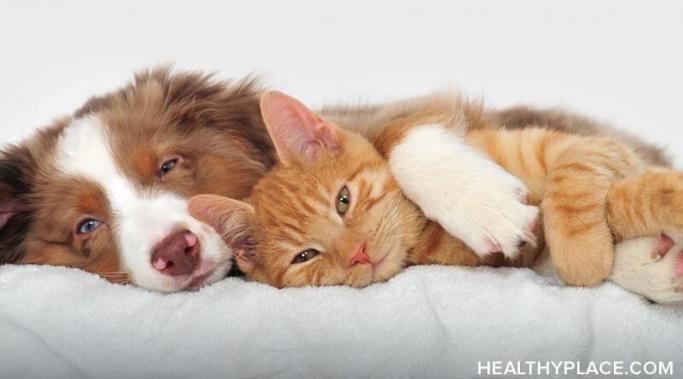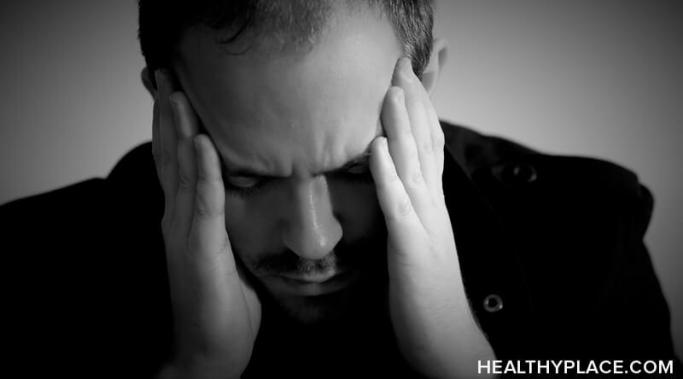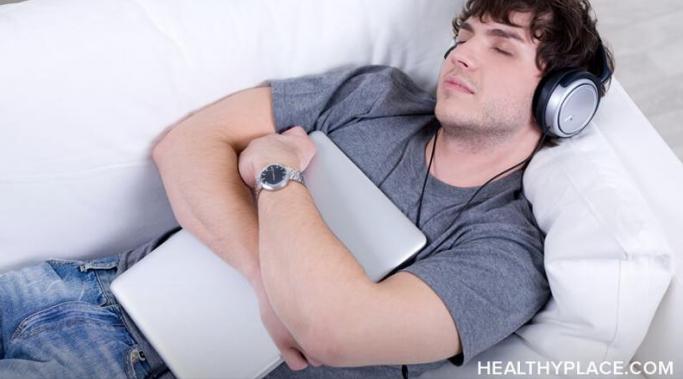Anxiety in relationships can cause problems because it’s very easy to take out your anxiety on others. Consider this hypothetical: you’re anxious about something – the cause isn’t important, and perhaps there is no cause. Regardless, it’s to the point where it’s actively affecting your day. Someone asks you a harmless question – for whatever reason, it sets you off and you snap at them. Clearly, anxiety in relationships is detrimental to you and those you care about, and if it happens, steps should be taken to prevent it.
Anxiety-Schmanxiety
Developing a personal ritual to reduce anxiety is a pleasant, meaningful way to reclaim yourself and your life from anxiety's grasp. Ritual is often associated with religion, rites, ceremonies, and formal procedures, which isn't incorrect but is also incomplete. An anxiety-reducing ritual is different. Think of it as a routine with punch: special time that you give yourself for a positive purpose. Let's explore the amazing things rituals can do for your life as well as nine things to add to a ritual to reduce anxiety.
When you’re anxious, don't give up. Sometimes you just feel bad – oftentimes you don’t even know why you feel as bad as you do. Those can often be the worst days because if you don’t know where the bad feeling is coming from, it can seem impossible to control.
Intrusive thoughts can sometimes accompany obsessive-compulsive disorder (OCD) and anxiety disorders like generalized anxiety disorder (GAD). Intrusive thoughts are disturbing to experience, and they can cause extreme stress and heightened anxiety. They can invade the mind without warning; further, they can be dark and downright terrifying. The previous post examined what the intrusive thoughts of OCD and anxiety are and are not. (Quick review: intrusive thoughts are not a sign that you or someone you know is a terrible person.) Now let's explore how to deal with these intrusive thoughts so you can reduce anxiety and discomfort.
My anxiety has caused me to take more time off work, and I couldn’t be happier. This is a refreshing change. Too often, this blog has become a catalog of instances when anxiety leads to hardship. Perhaps this is to be expected. But anxiety can, counterintuitive as it may seem, lead to valuable insights not often shared by those without it, as is the case here when I took some time off of work to handle my anxiety.
Experiencing intrusive thoughts is one of the most terrifying aspects of obsessive-compulsive disorder (OCD) and anxiety disorder such as generalized anxiety disorders (GAD). If you are bombarded repeatedly by distressing ideas and images, you might want to hide it because you are afraid that there's something wrong with you. However, that belief comes from fear and anxiety. Intrusive thoughts aren't an indication that you are a terrible person. This look at intrusive thoughts in OCD and anxiety can help you understand what's happening and learn how to deal with these alarming, unwanted thoughts.
"Anxiety says everything is my fault." This is a common lament and source of great stress for people living with anxiety. Believing that you're to blame for everything bad that happens--big or small--to people you care about is an effect of anxiety that is often overlooked.This form of self-blame is closely associated with depression. The feeling that "everything is my fault" is also very much part of anxiety. Understanding the relationship between anxiety and self-blame can help you recognize it and begin to separate yourself from the erroneous belief that it's all your fault.
I’ve found that stuffed animals help with my anxiety. However, for most people, sleeping with stuffed animals is something considered appropriate only for young children. Instinctively, it does feel a bit strange to imagine an adult with an army of stuffed animals thrown about on their bed. But perhaps it’s time to condemn that instinctual judgment as inaccurate and overly bigoted –- perhaps the benefits of sleeping with stuffed animals to help with anxiety into adulthood are something we should all take seriously.
Suicidal thoughts have a strong relationship with anxiety. Understanding the nuances of this relationship can help save lives that might otherwise be tragically lost. September is Suicide Prevention Month because the more we know and understand, the more equipped we all are to talk to each other about suicide. The more we talk--reach out and connect--the easier it will be to give and receive help, hope, new perspectives, and life. This look at suicidal thoughts, anxiety, and relief can help you understand what you are experiencing if you're having suicidal thoughts and it can help you recognize suicidal ideation in someone you care about.
Anxiety and laziness seem unseemly because social pressure tells us it’s not okay to be lazy -- or anxious. We tend to value productivity and activity – if we don’t get as much out of the day as we can, we can be looked down upon. However, anxiety and laziness can go together, and it's okay to be lazy when you're anxious.
